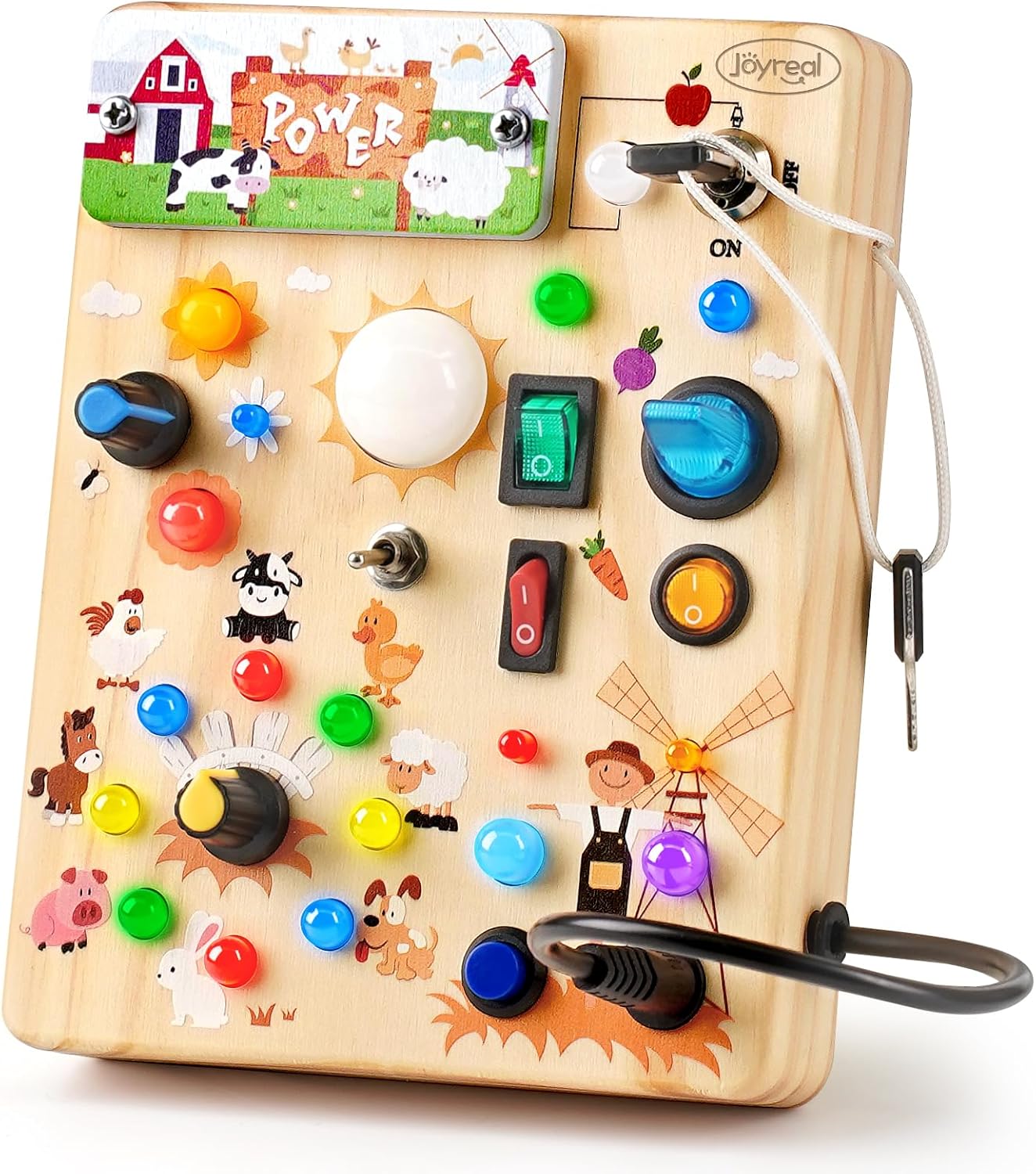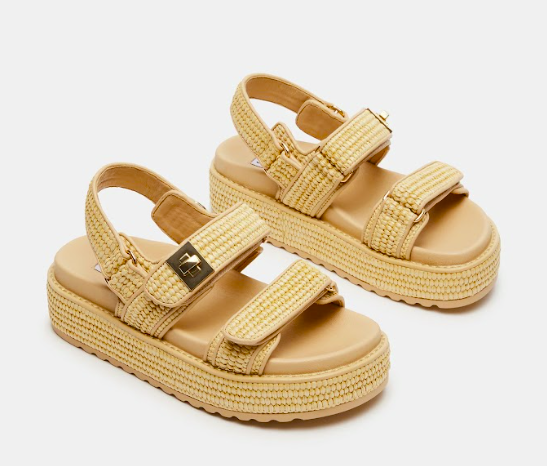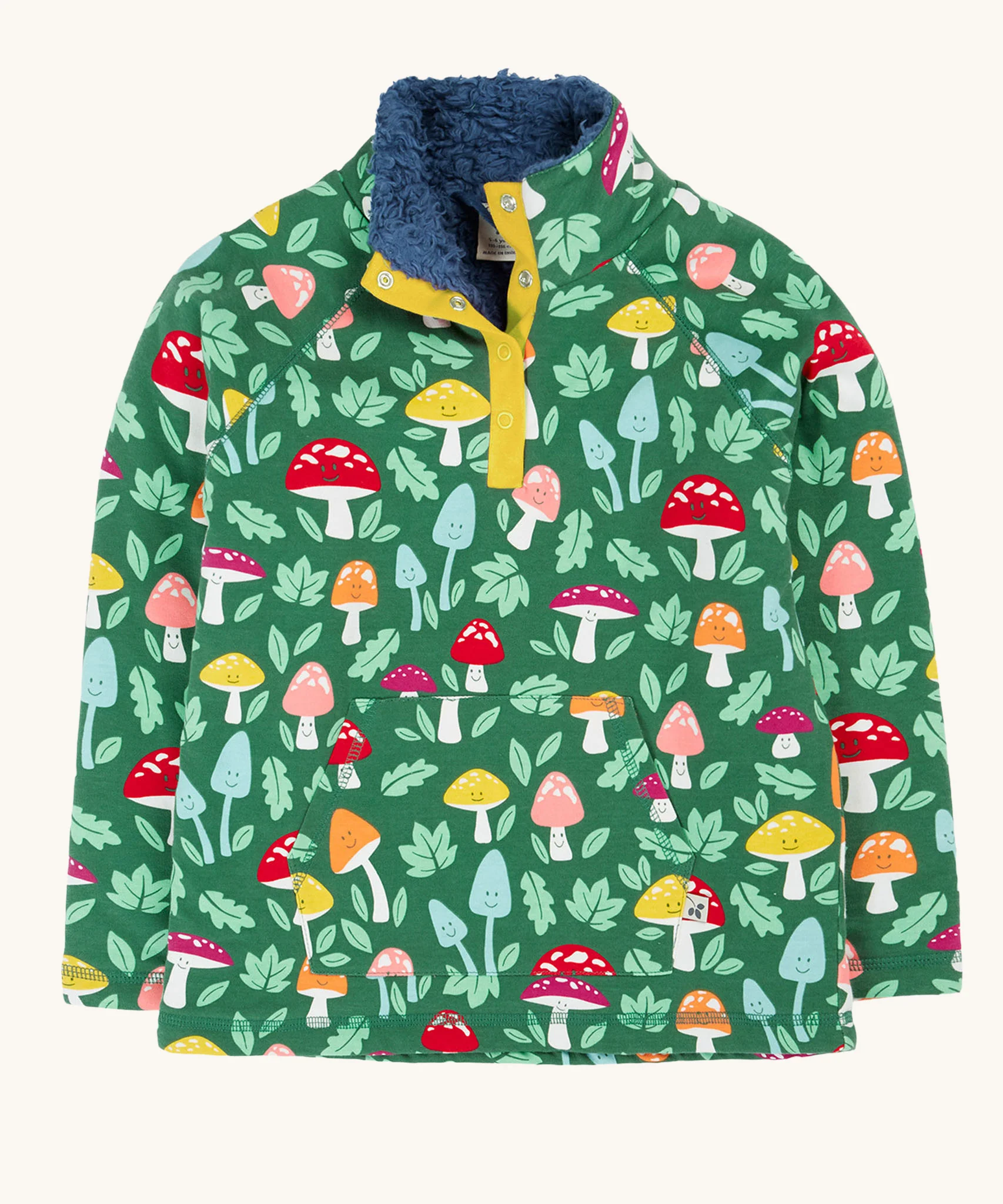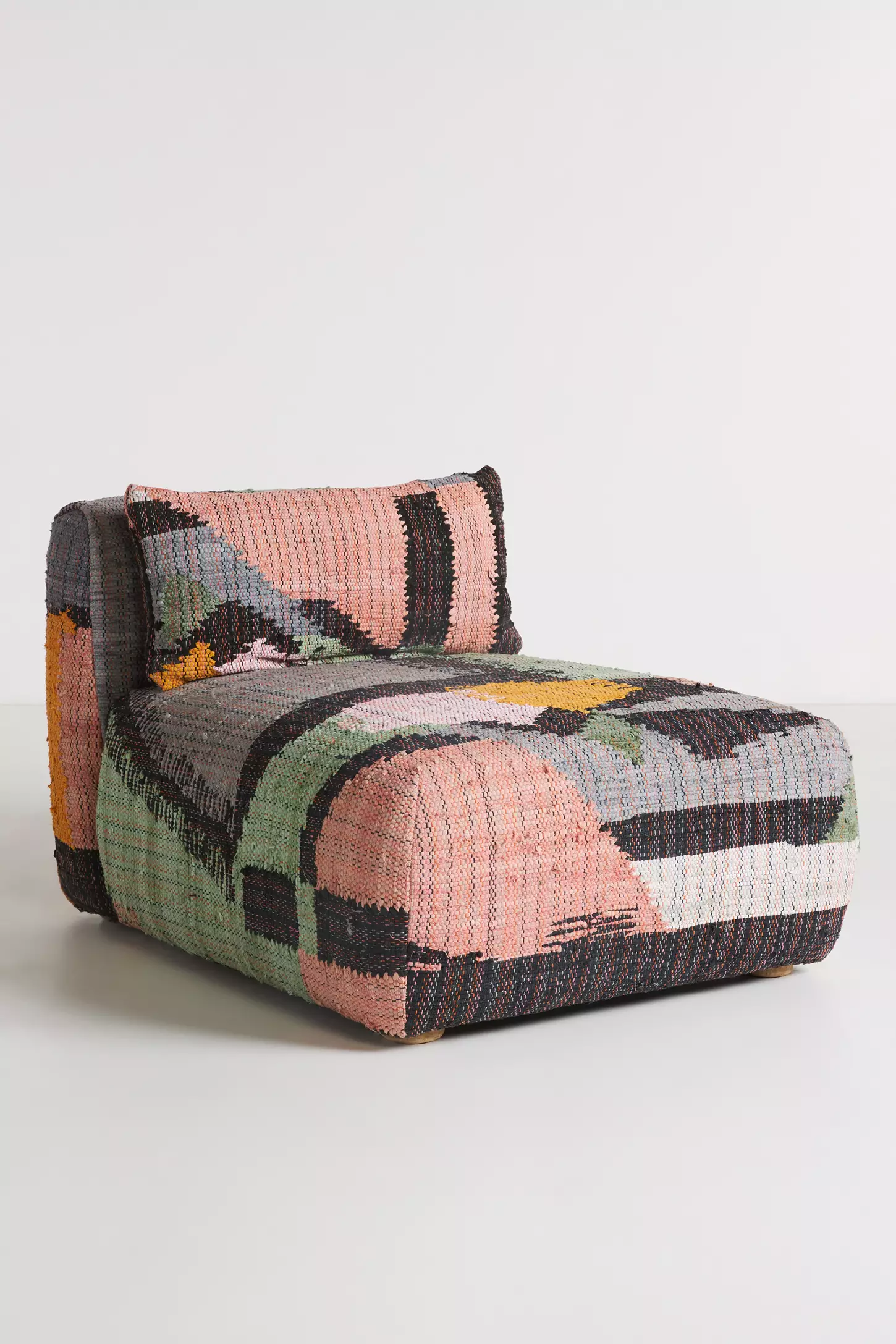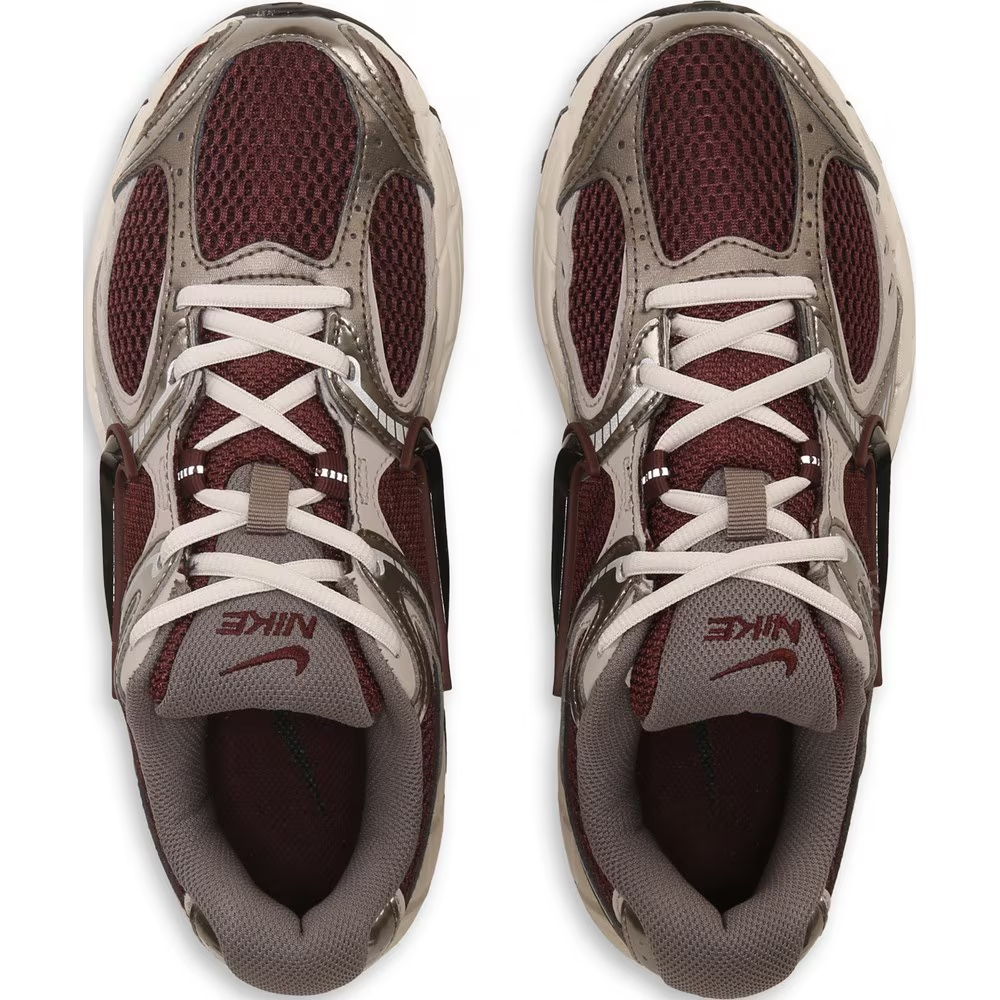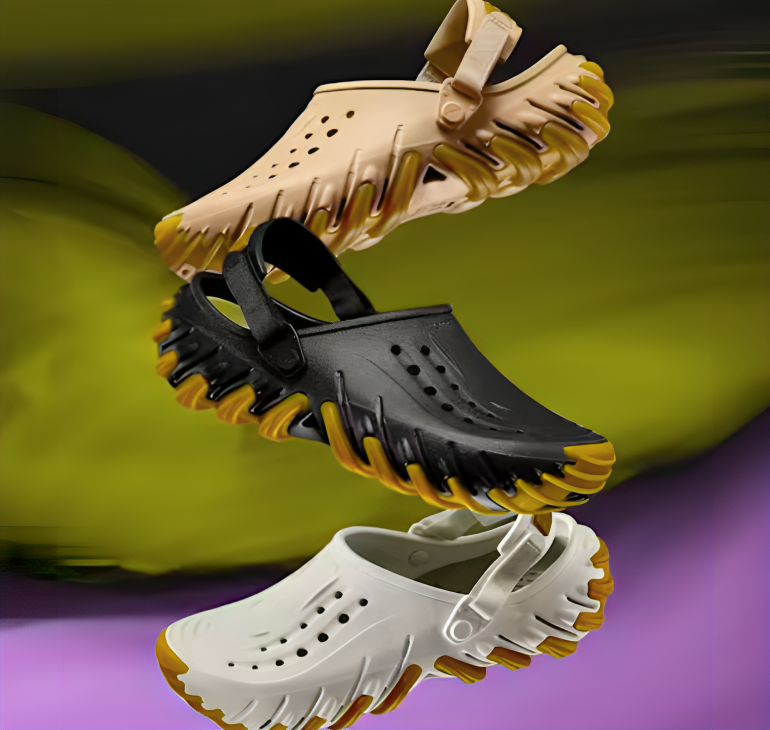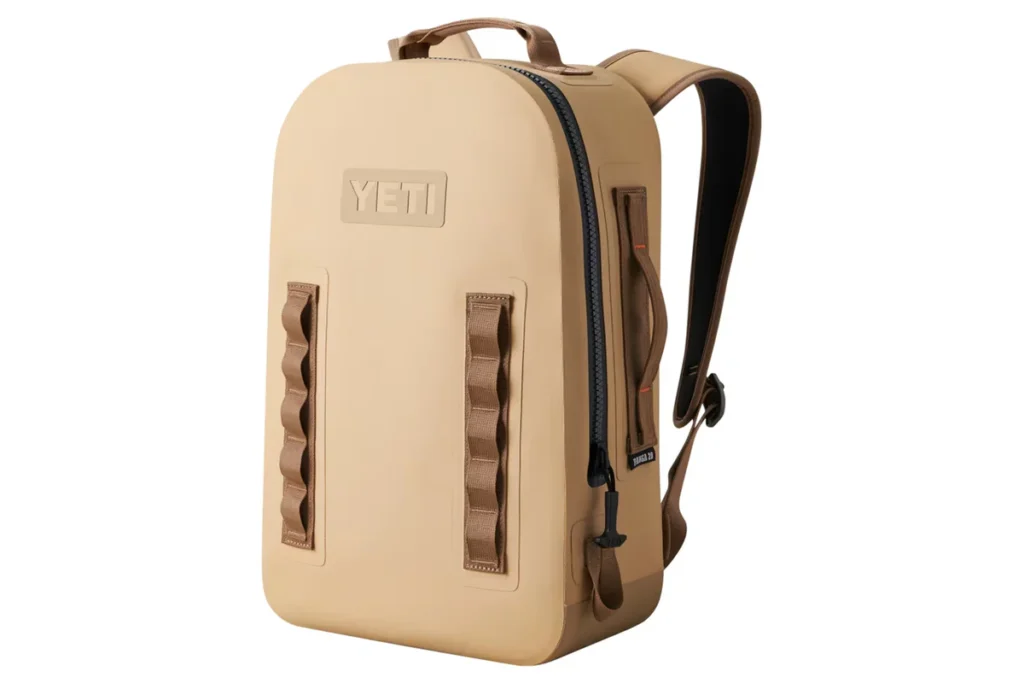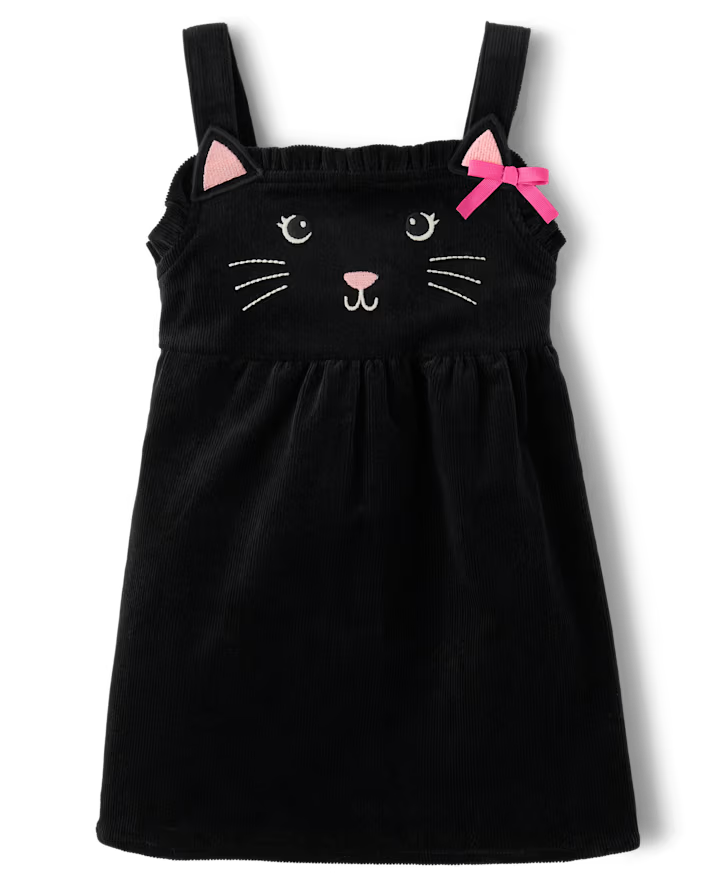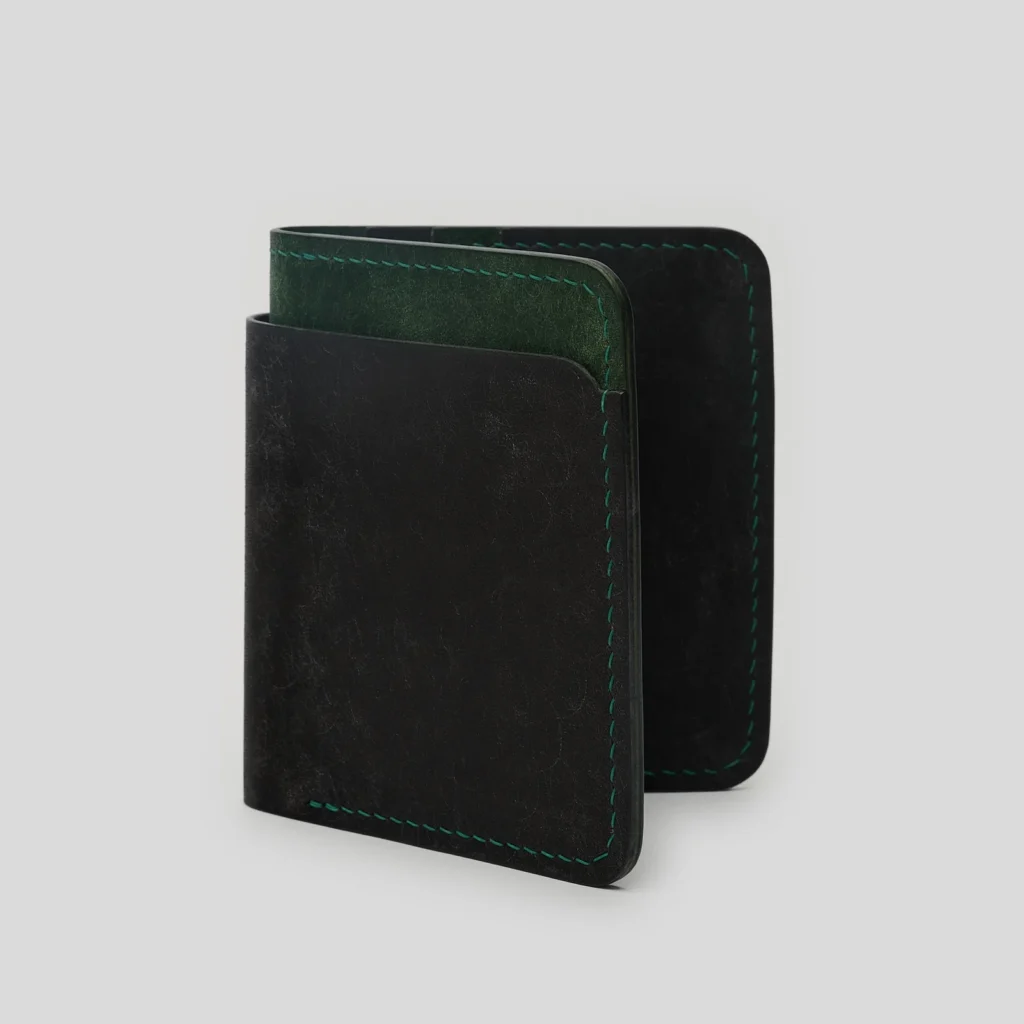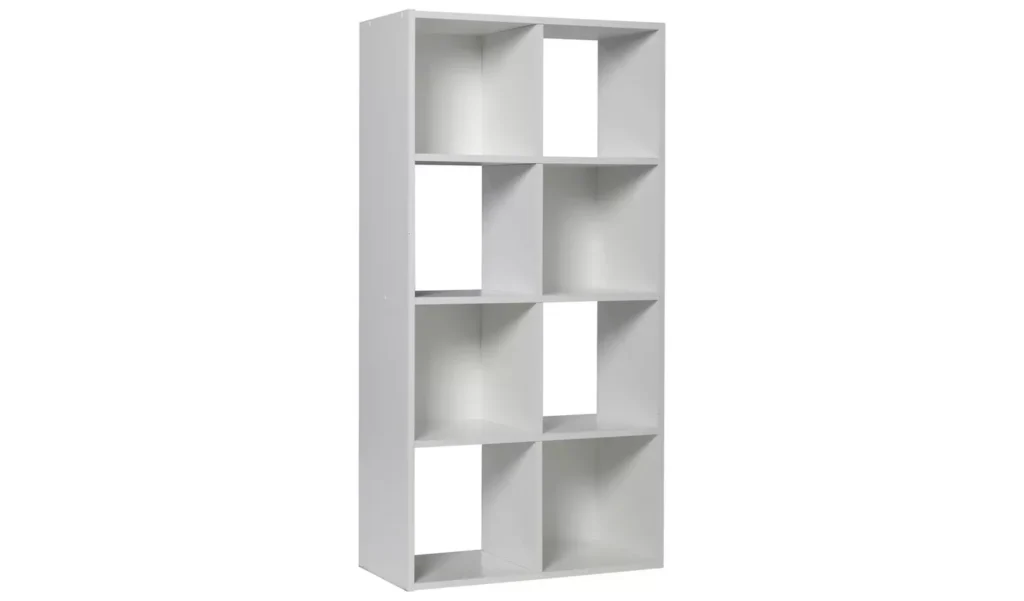Toddlers don’t sit still—they practice. Zipping, buckling, twisting, flipping, and posting are their “work,” and a good busy board channels that restless curiosity into skill-building. In this guide, you’ll learn how to use a Joyreal Montessori Busy Board 1 Year Old to nurture fine motor control, problem-solving, first words, and calm focus. We’ll set up a simple environment, map skills by age, share five-minute routines you can repeat daily, and give you quick fixes when attention wobbles. The goal isn’t to keep your child occupied; it’s to help them feel competent—because competence breeds confidence.
Shop Joyreal Montessori Busy Board 1 Year Old
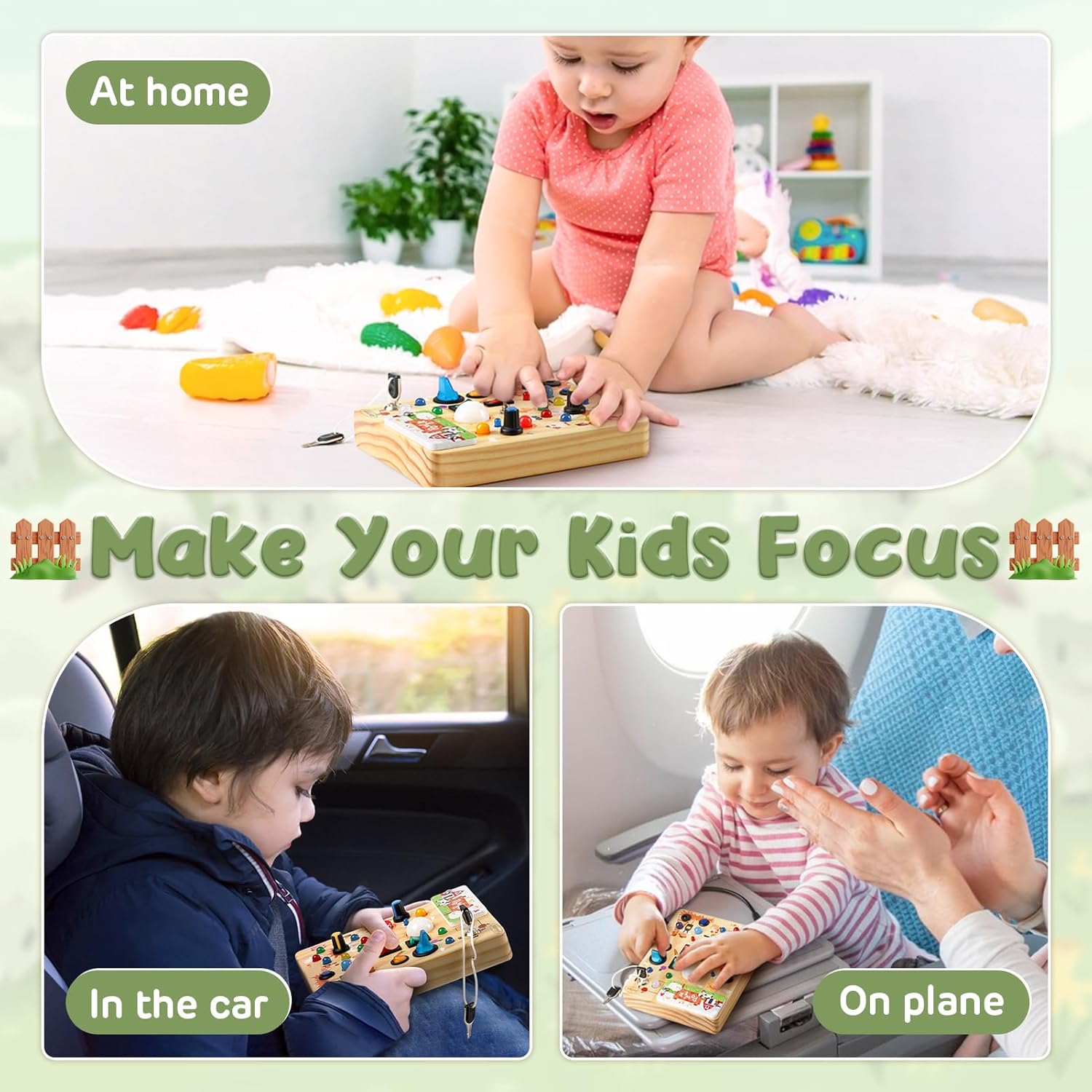
Why Busy Boards Work (The Montessori Bit, Minus the Jargon)
Montessori practical-life activities isolate one challenge at a time so little hands can master it: one buckle, one zipper, one switch. The Joyreal Montessori Busy Board 1 Year Old uses real-world fasteners and textures in a toddler-safe format, turning abstract “fine motor” into concrete practice. Each successful motion delivers a tiny dopamine hit—“I did it!”—which motivates repetition, the engine of learning. Add your calm narration, and those motions become language lessons too: zip, buckle, twist, open, close, soft, rough, smooth.
What’s Developing Under the Hood
- Fine Motor & Dexterity: Pincer grasp, bilateral coordination (one hand stabilises while the other manipulates), finger isolation for buttons and toggles.
- Hand Strength & Endurance: Zippers, latches, and snaps build intrinsic hand muscles that later support crayon control and self-dressing.
- Executive Function: Plan → try → adjust → succeed. Short action loops build persistence and frustration tolerance.
- Sensory Integration: Textures (felt, webbing, buckles), movement (slide vs. click), sound (snap vs. zip) give rich input without overload.
- Language & Cognition: Naming actions and parts (“buckle tongue,” “zipper pull”), following two-step requests, early categorising (open/close, on/off).
- Practical Life & Independence: Early self-care rehearsal—buckling straps, opening pouches, matching shapes—transfers to getting dressed, high-chair straps, and bags.
The Joyreal Montessori Busy Board 1 Year Old wraps all that into a portable format that works at home, in prams, on flights, and in waiting rooms.
Setup That Invites Success (2 Minutes, Tops)
- Seat & Surface: Sit your child on a firm cushion or your lap; rest the board on their thighs for stability. For cruisers, try floor sitting with the board propped at a gentle angle.
- Lighting & Noise: Good daylight and low background noise help focus. If music is on, keep it soft and instrumental.
- “Home” Spot: A low shelf or basket where the board lives. Returning it “home” becomes part of the routine—toddlers love visible order.
- One Board, Few Extras: Keep crayons, snacks, and other toys out of arm’s reach for these few minutes to reduce task-switching.
Shop Joyreal Montessori Busy Board 1 Year Old
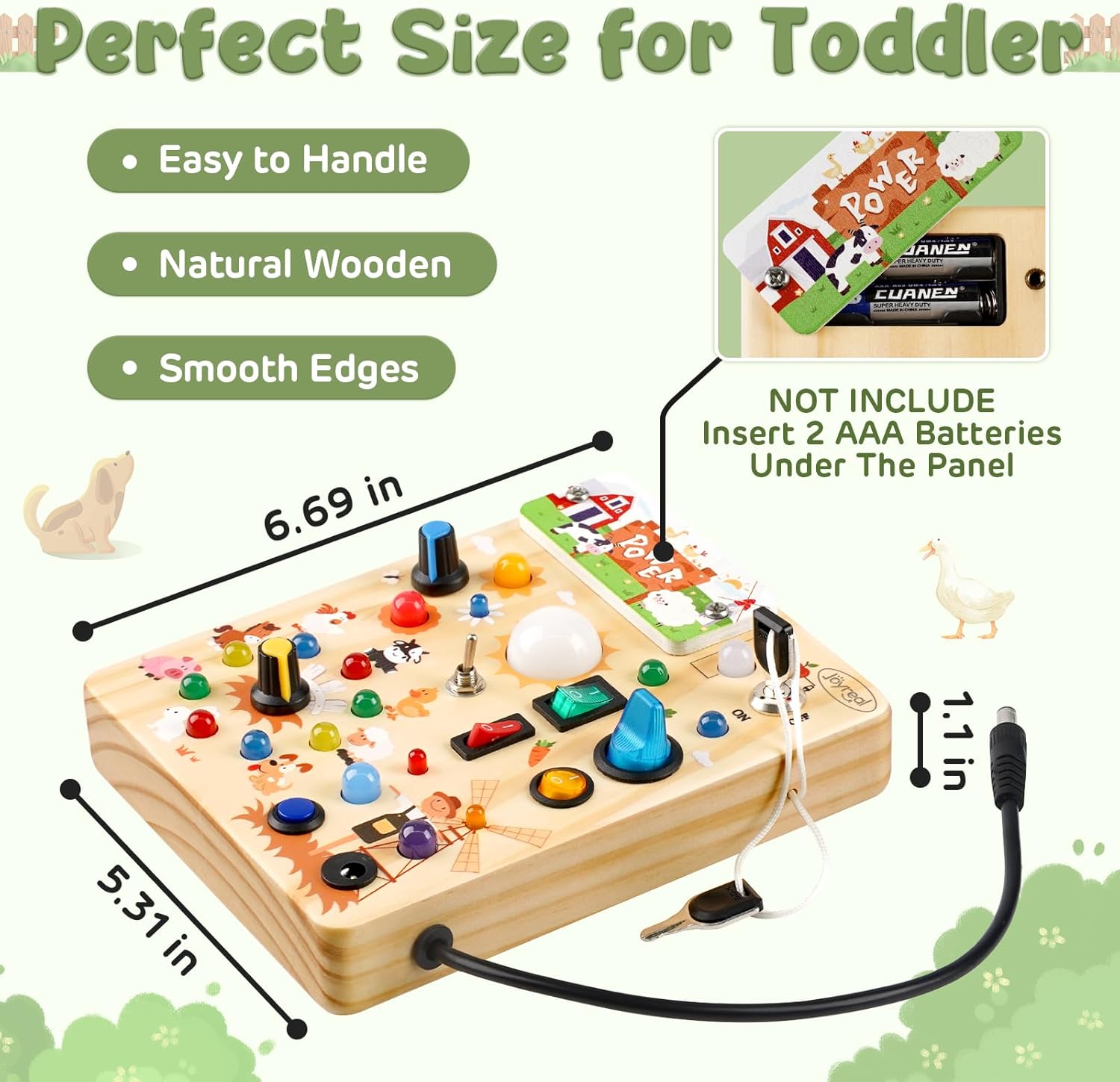
Age-by-Age Prompts (Zero Prep, Big Payoff)
10–14 months — Explore & Imitate
- Offer one action at a time: “Open” the zipper halfway; invite them to pull it closed.
- Name what happens: “Zip! Closed.” Use gesture + word together.
- Let them mouth-safe parts briefly; then bring hands back to the mechanism with a smile and “try.”
14–18 months — Hands that Help
- Two-step mini-sequences: “Open the pouch, put in the ribbon.”
- Introduce buckles without threading—just click and release.
- Expand language: “Push through,” “Pull up,” “Turn left/right.”
18–24 months — Do It Myself
- Real buckles: show how to squeeze side releases, then let them try.
- “Fix-it play”: mis-match two straps and invite them to solve.
- Two-step instructions: “Unbuckle, then zip.” Count to three together before each attempt to pace effort.
24–36 months — Little Engineer
- Sequences of three: “Unbuckle, open zip, post card.”
- Sort by category: all things that open, all things that clip.
- Early time language: “First… then… last.” Let them narrate back to you.
Shop Joyreal Montessori Busy Board 1 Year Old
Language Boost: Talk With, Not At
Use the “SEE–SAY–SIGNAL” pattern:
- SEE: Sportscast what you observe. “You’re holding the buckle—two fingers on each side.”
- SAY: Add the action word. “Squeeze.”
- SIGNAL: Count “1–2–3, squeeze!” (consistent cues help timing).
Then expand their words by one step. If they say “zip,” you model “zip up,” then “zip up to the top.”
Five-Minute Daily Routine (That You’ll Actually Keep)
- 1 min Warm-Up: Choose one “easy win” (Velcro or a large toggle). Success resets mood.
- 2 min Focus Skill: One tricky mechanism today (side-release buckle, zipper threading). Give one demo, then hands off.
- 1 min Little Job: “Put two cards in, close the zip.” Functional steps feel purposeful.
- 1 min Close & Return: “All done. Zip closed. Home on the shelf.” Clap twice together—closure ritual = predictability.
Short, repeatable routines beat long, sporadic sessions. Tomorrow, pick a different focus skill.
Shop Joyreal Montessori Busy Board 1 Year Old
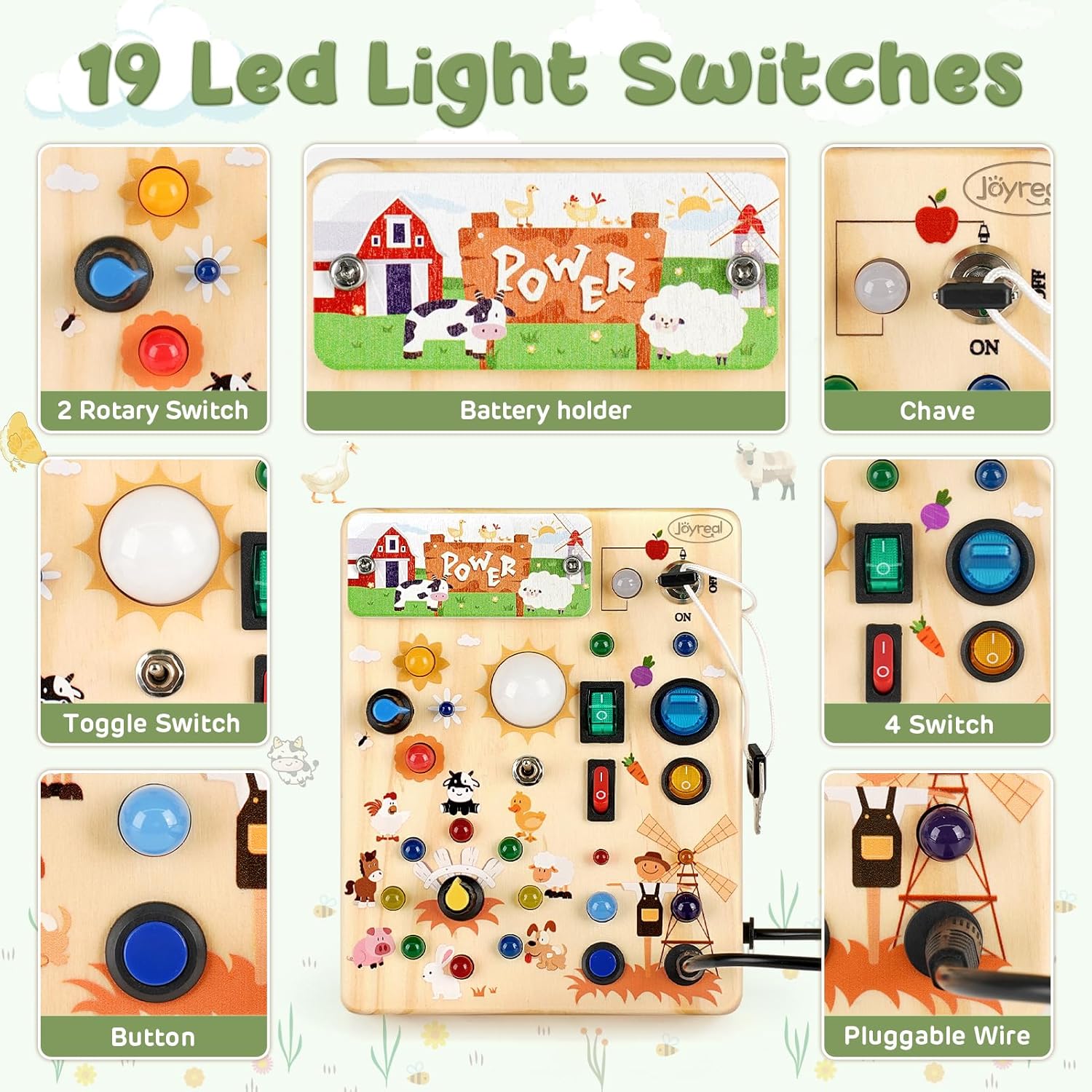
Travel Mode: Calm in Car Seats, Prams, and Planes
- Clip a short ribbon to the board so dropped parts don’t vanish.
- Seat-angle matters: Rest the board on a small travel pillow to bring mechanisms to chest height; less strain = longer focus.
- Sound strategy: Busy boards are quiet, which is golden for flights and waiting rooms—pack this first, screens later.
- Rotation trick: Hide two mechanisms with painter’s tape tabs; reveal one at a time like “new” features.
Sensory & Accessibility Notes
- Texture variety: Offer choices—soft felt vs. smooth webbing. Let sensory-sensitive children start with the texture they prefer.
- Volume & pace: Keep voice low and steady; slow counts help regulate.
- Alternate grip supports: Add a small silicone pencil grip to zipper pulls for extra traction.
- Visual supports: A 3-picture strip (“open → put in → close”) helps children who love routines or are building receptive language.
- Left/Right hand: Encourage both hands. Ask, “Left hand squeeze? Now right hand.”
Executive Function: Tiny Challenges, Big Payoff
- Stop/Go games: “Stop hands,” then “Go squeeze.” Inhibitory control wrapped in fun.
- Error-friendly play: Purposefully “forget” to thread a buckle correctly. “Hmm, it won’t close—what can we try?”
- Timed focus: Use a soft 30–45 second sand timer; kids love beating the sand while staying calm.
Independence Bridge: From Board to Real Life
- Dressing practice: After board time, try the real zip on a hoodie. “Same motion—pull up.”
- High-chair straps: Let them click one side with your hand shadowing; they’ll feel included, not restrained.
- Backpack rituals: Pack a small card into a zip pocket before nursery runs; gives purpose to the motion they’ve practiced.
The Joyreal Montessori Busy Board 1 Year Old is a safe rehearsal space; transfer skills gently and celebrate effort.
Shop Joyreal Montessori Busy Board 1 Year Old
One Hybrid Block (Bullets + Guidance): Quick Prompts You Can Steal
- “Open… post… close.” (Put two tokens in the zip pouch.)
- “Find the click.” (Hunt for every mechanism that makes a click and name it.)
- “Squeeze & count.” (Three squeezes on the same buckle—1, 2, 3.)
- “Match straps.” (Line up colours: blue to blue, red to red.)
- “Left then right.” (Alternate hands on the same action to build symmetry.)
Troubleshooting: Calm Fixes for Common Hiccups
- Frustration spike (tugging hard, grimace).
- Model once in slow motion; move their hands back gently; drop difficulty (switch to Velcro) for one success; return to the challenge later.
- Only flips the easy bits, ignores the rest.
- Hide mastered parts with tape tabs for the session; spotlight one new mechanism with a sticker “star.”
- Mouths straps more than using them.
- Offer a short teether break; then invite “hands on buckles.” Keep sessions short and hands busy.
- Throws the board after 60 seconds.
- Too hard or too long. Go back to one easy action, add a timer, and end on a win. Try again later in the day.
- Can click a buckle but can’t release it.
- Pre-load the release by slightly squeezing with your fingers while they press; fade your help across attempts.
Safety Checklist (Because Peace of Mind Matters)
- Inspect stitching and fastener anchors weekly.
- Check that small buttons or snaps are firmly secured; supervise under-threes.
- Keep straps clean—wipe with a damp cloth and mild soap; fully dry to prevent odour.
- Avoid dangling cords longer than 22 cm; the Joyreal format generally uses short, toddler-safe lengths.
Progress Markers to Watch (and Celebrate)
- Moves from whole-hand grabs to pincer grips on tabs.
- Uses both hands in coordinated ways (stabilise + pull).
- Follows a simple two-step instruction without prompts.
- Narrates actions: “zip up,” “open,” “close.”
- Transfers skills: tries real zips/buttons on clothing with pride.
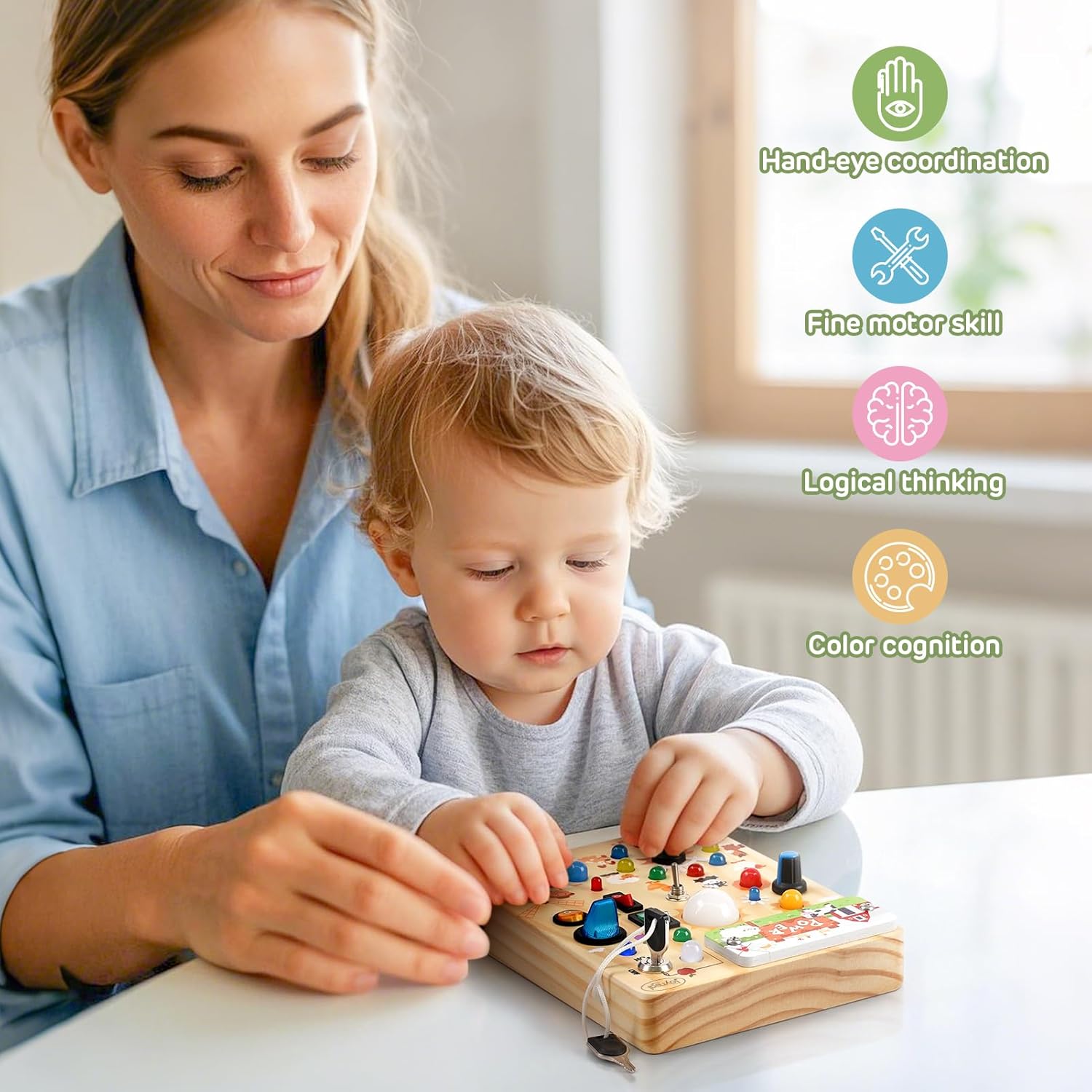
Extend the Learning (Beyond the Board)
- Colour hunts: “Find something in the room that matches this strap.”
- Counting in context: “Two squeezes to release, one pull to close—three steps.”
- Shape talk: “Circle button, square patch.”
- Story tie-in: Read a short practical-life book (“getting dressed,” “helping Mum”), then act it out with the board.
Why Parents Love Portable Practical-Life Toys
Screens promise quiet; busy boards deliver calm focus with skills. A Joyreal Montessori Busy Board 1 Year Old travels well, works in noisy spaces without adding noise, and supports a daily independence story: “You can try. Your hands are learning. I’m here if you need me.” That message matters.
Conclusion
A busy board is not a distraction; it’s a tiny workshop. When you slow the moment, name the action, and offer bite-sized challenges, a Joyreal Montessori Busy Board 1 Year Old becomes a daily pathway to stronger hands, steadier attention, and joyful independence. Keep sessions short, stick to one new challenge at a time, and finish with a simple “home” ritual. Over weeks, you’ll see fewer meltdowns around zips and straps, more “I do it!” pride, and a child whose hands are ready for crayons, spoons, and the small tasks that make family life hum. Little hands, big skills—that’s the win.
Shop Joyreal Montessori Busy Board 1 Year Old
FAQ
- What age is a busy board best for?
Typically from around 10–12 months (with support) through 3 years, with difficulty increasing as your child masters actions. - How long should sessions be?
Five minutes once or twice a day is ideal for 1–2-year-olds. Short, happy reps build mastery better than long sessions. - Will this replace real dressing practice?
It prepares the hands and brain. After board time, try one real-life step (pull a zip up a few centimetres). Celebrate effort over perfection. - Is it safe if my toddler mouths straps?
Supervise and redirect to hands-on actions. Choose boards with secure stitching and short straps; wipe clean after use. - My child gets frustrated with buckles—help?
Break it down: first align, then push until you hear “click.” Teach release separately. Model calmly; let them try again after an easy win. - How do I keep interest high over weeks?
Rotate focus (zip day, buckle day), hide mastered parts, add tiny jobs (post two tokens), and change locations (living room today, pram tomorrow). - Can siblings share?
Yes. Use a timer (60–90 seconds), assign roles (zipper captain, buckle boss), and praise handovers: “Thanks for your turn.” - How do I clean and store it?
Wipe with a damp cloth and mild soap, air-dry fully, and keep it on a low shelf or in a labelled basket. A visible “home” encourages toddlers to tidy independently.

